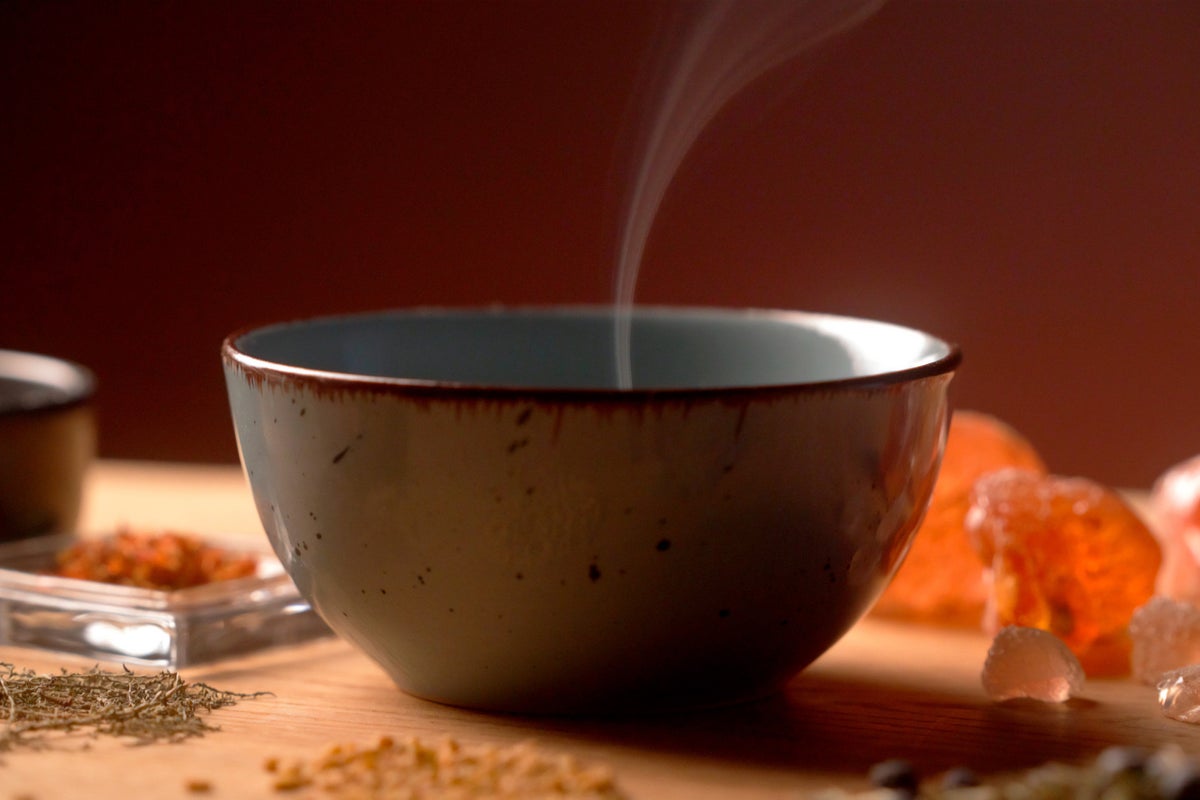**Ancient Scents Reconstructed: Unlocking the Forgotten Smells of History**
When we visit museums, our experience of the past is predominantly visual and auditory. We see artifacts, hear stories, sometimes even touch replicas or taste ancient-inspired foods. Yet, one crucial sense is often missing from this engagement with history: smell. The air in museums tends to be sterile or musty, rarely evoking the rich aromatic environments that ancient peoples once inhabited. This absence overlooks an essential aspect of human experience, argues Barbara Huber, an archaeochemist at the Max Planck Institute of Geoanthropology in Jena, Germany. Smell, deeply tied to emotion and memory, played a significant role in daily life, rituals, and social identity throughout history. Thanks to advances in chemical analysis, researchers like Huber are now beginning to recover the scents of the past, offering a new sensory dimension to archaeology and history.
### The Science and Significance of Smell
Smell is unique among the senses due to its direct neurological pathways. Unlike sight or hearing, olfactory signals travel straight from the nose’s olfactory bulb to the amygdala and hippocampus, brain regions central to emotion and memory. This immediate connection means smells can trigger emotional responses and vivid recollections without conscious thought. Evolutionarily, this ability helped humans and their ancestors recognize danger and remember important environmental cues.
Despite this fundamental role, smell is often neglected in historical studies because it is ephemeral. Scents dissipate quickly and rarely survive intact on ancient objects or archaeological sites. This has changed with the development of biomolecular and chemical methods that can detect trace residues—what Huber calls “scent archives”—on artifacts such as incense burners, perfume flasks, or cosmetic containers. By analyzing these remnants, scientists can identify molecules that hint at the original smells and reconstruct them. This process not only enriches our understanding of ancient cultures but also allows contemporary people to “participate” in history through scent.
### Recreating the Smell of Ancient Egypt
One remarkable example of this research is Huber’s project called *Scent of the Afterlife*, which reconstructs the aromas associated with ancient Egyptian mummification rituals. By identifying the chemical compounds used in embalming and burial practices, researchers created a blend that museum visitors can smell to gain a more immersive sense of the ancient Egyptian funerary environment. This multisensory approach enhances learning by connecting visitors emotionally to the past, allowing them to experience history not just intellectually but viscerally.
Such reconstructions also demonstrate how smell bridges the tangible and intangible. While the physical molecules detected in artifacts provide scientific data, recreating the scent brings intangible cultural elements—ritual meanings, social practices—to life. It transforms history from a collection of objects into a lived experience, deepening our connection to earlier ways of life.
### The Chemistry Behind Ancient Aromas
The scientific process used to uncover ancient scents involves meticulous chemical detective work. Researchers start by sampling tiny residues on objects related to scent use. These might be crusts inside a cosmetic jar or deposits inside an incense burner. The samples undergo gas chromatography, which separates the mixture into individual molecules, followed by mass spectrometry, a technique that identifies these molecules based on their spectral signatures.
Interpreting the data requires caution. Some molecules, like vanillin—the component responsible for vanilla’s scent—can originate from different sources. Vanillin can be a decomposition product of lignin, a substance found in wood, meaning its presence does not necessarily prove the ancient use of vanilla as a spice or fragrance. Scientists must distinguish between original materials and those formed during decay, often relying on contextual clues and comparisons to modern substances.
### Challenging Traditional Narratives of Trade and Culture
The study of ancient aromatic materials also offers fresh insights into historical trade and cultural practices, especially in regions like Arabia. Traditionally, the story of the “incense road”—a trade network stretching from the Arabian Peninsula to the Mediterranean—has been told largely through classical texts authored by outsiders such as Greek and Roman writers. These accounts, written centuries after the events they describe, offer a limited perspective.
Huber and her colleagues seek to expand this narrative by focusing on archaeological evidence and chemical analyses of incense burners and other artifacts from Arabia’s Iron Age and Bronze Age, periods less documented in classical sources. For example, one case study revealed the use of *Peganum harmala* (Syrian rue), a medicinal and psychoactive plant, in

